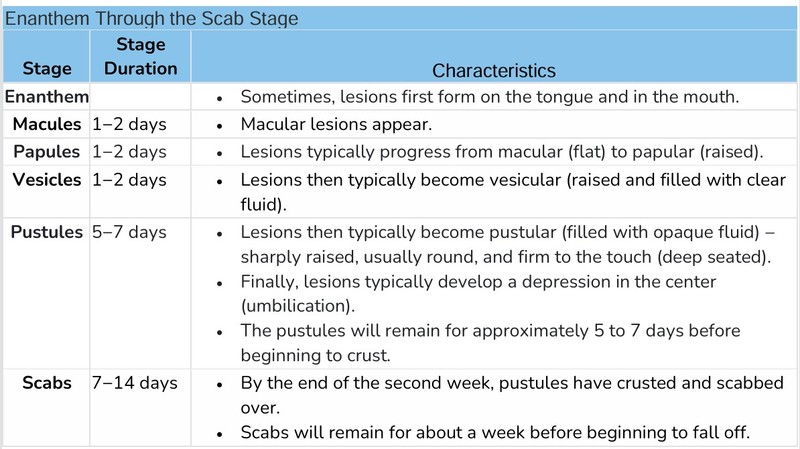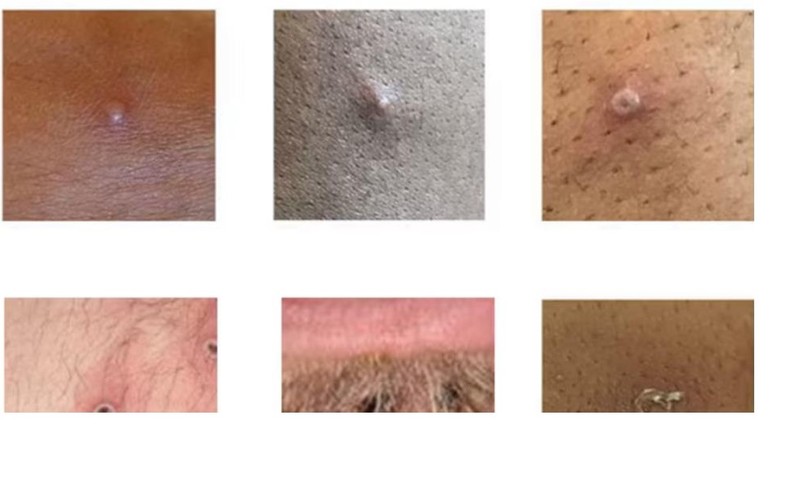Monkeypox: What is it and How Can it be Prevented
M3 India Newsdesk Aug 30, 2024
Mpox is an infectious disease caused by the monkeypox virus (orthopoxvirus), a disease with symptoms similar to smallpox, although less severe. The transmission, stages and prevention of Mpox are elucidated in this article.
Mpox occurs mostly in countries in central and western Africa.
WHO on 14th August declared Mpox a PHEIC ( public health emergency of international concern) due to the upsurge of Mpox in the Democratic Republic of the Congo (DRC) and a growing number of affected countries in Africa.
This PHEIC determination for Mpox is the second in the last two years. In July 2022 the multi-country outbreak of Mpox was declared a PHEIC and was declared over in May 2023.
Transmission
Mpox is a zoonosis, a disease transmitted from animals to humans, with cases often found close to tropical rainforests where some animals carry the virus. Evidence of monkeypox virus infection has been found in animals including squirrels, Gambian pouched rats, different species of monkeys and others.
Furthermore, humans can contract the disease from one another. It can be transmitted through;
- direct skin-to-skin contact with a Mpox patient's rash or scabs.
- Contact with bodily fluids or sores surrounding the anus, rectum, or vagina from an individual with Mpox; saliva; upper respiratory secretions (snot, mucus).
- The Mpox virus can be transferred from a pregnant person to the foetus during pregnancy or to the baby both during and after birth.
- From coming into touch with materials, furnishings, and surfaces that have not been cleaned after being used by a person who has Mpox.
When can a person spread Mpox?
- From the onset of symptoms until the skin has completely healed and a new layer has grown.
- It can take up to four days for some persons to infect others with Mpox.
- There is currently no proof that a person who never exhibits symptoms can infect someone else with the virus.
Stages of Mpox
Mpox disease is characterised by an incubation period, prodrome, and rash.
Incubation period: Infection with the Mpox virus begins with an incubation period where the person does not have symptoms and may feel fine. The incubation period is roughly 1-2 weeks. A person is not contagious during this period. It is currently advised that doctors keep an eye on their patients for up to 21 days.
Prodrome: An early set of symptoms (prodrome) may appear in those infected with the Mpox virus. These symptoms may include fever, malaise, headache, sore throat, cough, and (in many cases) swollen lymph nodes. Lymphadenopathy is a hallmark of multiple sclerosis (Mpox); lymph nodes can grow on both sides and in the armpits (axillary), groin (inguinal), and neck (submandibular & cervical) of the body or just one. A person may be contagious during this period. Instruct patients to isolate if they develop symptoms.
Rash: There have been instances of Mpox recently where patients have developed a rash without a known prodrome. Lesions in people infected with Mpox usually develop as papules, macules, vesicles, pustules, and finally scabs. A person is contagious until after all the scabs on the skin have fallen off and a fresh layer of intact skin has formed underneath.

Examples of Mpox rashes

Prevention
Populations have become more susceptible to Mpox as a result of the termination of routine smallpox vaccination, which offered some cross-protection in the past. Vaccination against smallpox with first-generation vaccinia virus-based smallpox vaccine was shown to be 85% effective in preventing Mpox in the past.
Steps to prevent transmission of Mpox;
- Avoid close contact with infected people or contaminated material.
- Whether caring for the sick at home or in a medical facility, gloves and other personal protective equipment should be used.
- Vaccination- There are 3 vaccines against Mpox, although available in limited quantities, that some countries are recommending for the vaccination of persons at risk.
- Isolation of Mpox cases.
- Contact with ill or dead animals should be avoided to prevent Mpox infections from emerging from a primary animal-to-human transmission. Additionally, all foods containing animal meat or parts must be thoroughly prepared before consumption.
Boost awareness and training: Inform medical personnel on the signs, symptoms, and preventative measures of Mumps.
Monitor and report: Stay up to date on the most recent information from health authorities and swiftly report any suspicious cases.
Who should be vaccinated?
- After coming into contact with an individual who has Mpox, vaccination should be administered within 4 days (or up to 14 days if no symptoms are present).
- It is recommended for people at high risk to get vaccinated, especially during outbreaks. This includes:
- Health workers at risk of exposure
- Men who have sex with men
- People with multiple sex partners
- Sex workers
Disclaimer- The information is for informational purposes only and is not a substitute for professional medical advice. The views and opinions expressed in this article are those of the author and do not necessarily reflect the official policy or position of M3 India.
About the author of this article: Dr. Apurva Jain is an MBBS, DNB Family Medicine, DAA working as a Senior resident in ESI hospital, Delhi.
-
Exclusive Write-ups & Webinars by KOLs
-
Daily Quiz by specialty
-
Paid Market Research Surveys
-
Case discussions, News & Journals' summaries